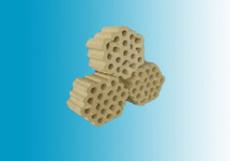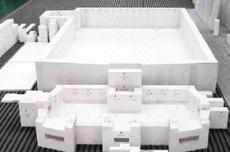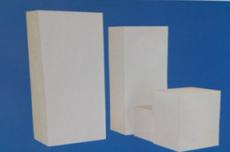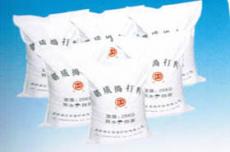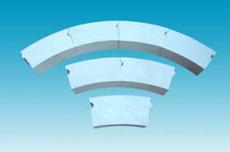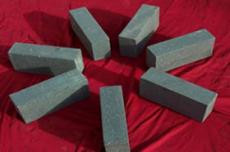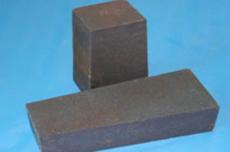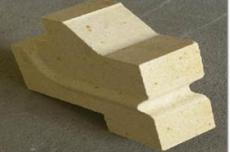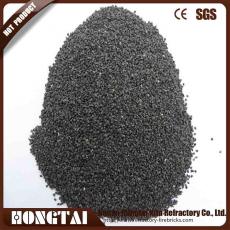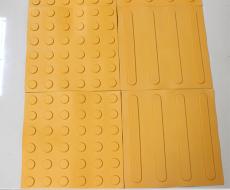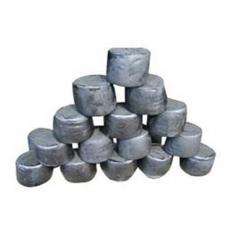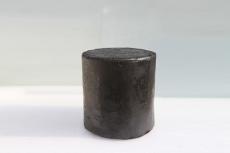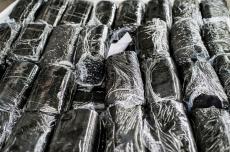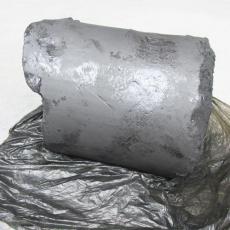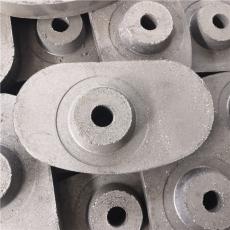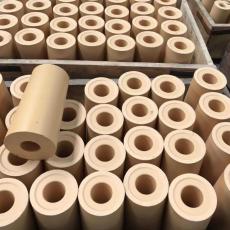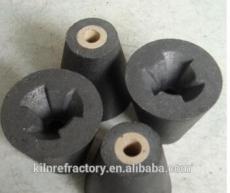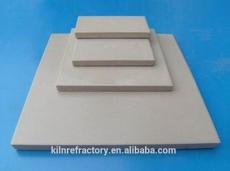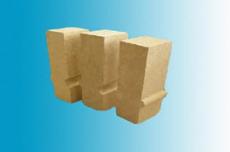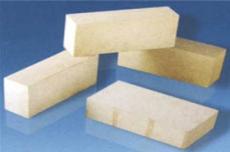
Refractory materials for heating furnace
The heating furnace is a very important equipment in the current steel rolling industry. In recent years, the refractory materials for heating furnaces have been continuously improved from refractory bricks to refractory castables to refractory plastic. In practical applications, the application of refractory castables and plastics is also increasing, and their performance also has its own advantages. Many companies are puzzled. In construction, should we use refractory plastic or refractory castable?
Comparing refractory plastic and refractory castable, it is not difficult to find that refractory plastic has more advantages in terms of performance in use, which is specifically manifested in the following aspects:
01 Refractory plastic does not need to leave expansion joints during construction, because refractory plastic still has "0" expansion at a high temperature of 1300℃ (the working temperature of the heating furnace).
02 Refractory plastic has good thermal shock resistance. Refractory plastic can withstand the rapid cooling and heating of furnace temperature, and is resistant to erosion. Even if the furnace is frequently shut down and started, there is no need to worry about the cracking and falling of the furnace lining. This performance is 3 to 6 times better than that of castables.
03 Refractory plastics can be quickly baked, which is bound to greatly shorten the construction period, increase production, and then increase economic benefits.
04 Refractory plastics also have strong resistance to chemical corrosion. The biggest difference between refractory plastics and castables is the bonding method. The binders used in refractory plastics are mostly neutral materials, which have strong resistance to acid and alkali corrosion.
05 In construction, refractory plastics have more advantages. People who are familiar with refractory materials know that before the construction of castables, formwork must be supported, and the formwork must be removed after the masonry hardens. The process is cumbersome and it is easy to damage the masonry itself. Refractory plastics use a construction process of preloading and drawing molds, which can well avoid the possibility of masonry fracture and collapse.
06Finally, from an economic perspective, although the initial investment cost of refractory plastics is higher than that of refractory castables, the service life of refractory plastics is much higher than that of refractory castables, generally more than 10 years. In the long run, refractory plastics are more economical. Moreover, the thermal conductivity of refractory plastics is better than that of refractory castables, with good thermal insulation performance, more energy saving, and green environmental protection.
Compared with castables, refractory plastics have the advantages of good spalling resistance, rapid cooling and heating resistance, and long service life, and are most suitable for use at the top of the furnace.
